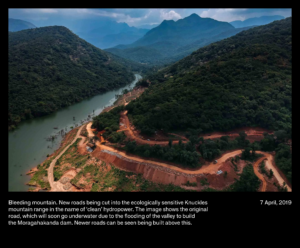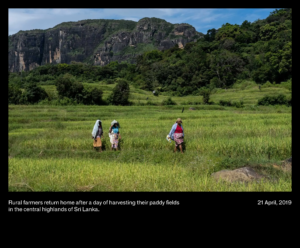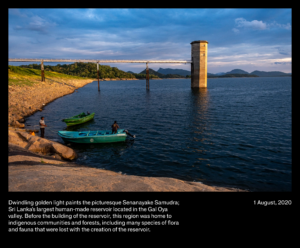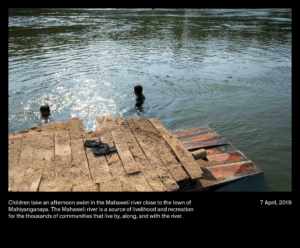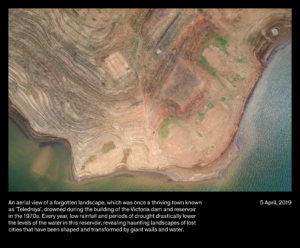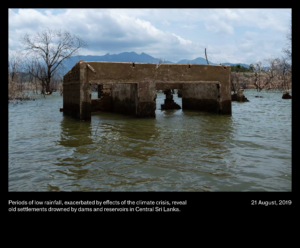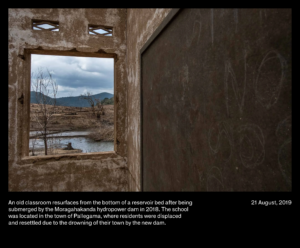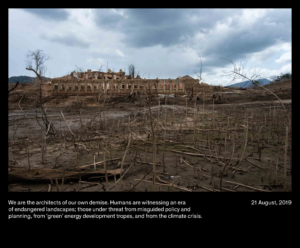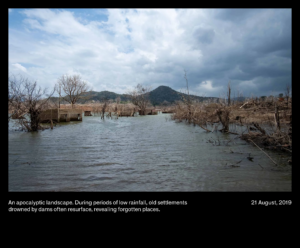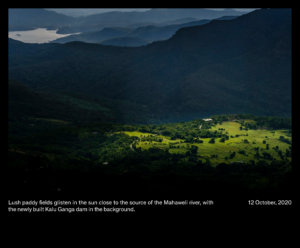When was the last time you saw a wild river roar through a landscape?
Today, most rivers wind through peaks and valleys only to be silenced by massive concrete walls. Downstream, their tributaries are reduced to a trickle—some dry up entirely.
The Mahaweli, meaning “Great Sandy River,” is Sri Lanka’s longest and most revered river. Over the decades, it has been exploited, dammed, and diverted to fuel energy demands and irrigate crops. These dams dramatically alter river ecosystems, reshape landscapes, and displace communities from their ancestral lands. The consequences cascade throughout the region: deforestation, biodiversity loss, and the disappearance of endemic species.
Photographer Tashiya de Mel turns her lens to Sri Lanka’s central region to explore the paradox of hydropower—shedding light on the often-overlooked costs of “clean” energy. The story follows the Mahaweli to examine the impact of dams and their downstream consequences on the environment, ecology, and communities that live along the river.
As the climate crisis intensifies, investing in renewable energy is vital. But if we are to protect the free-flowing rivers that remain—and build a truly sustainable future—we must ask critical questions and seek solutions that enable energy, people, and nature to coexist.

